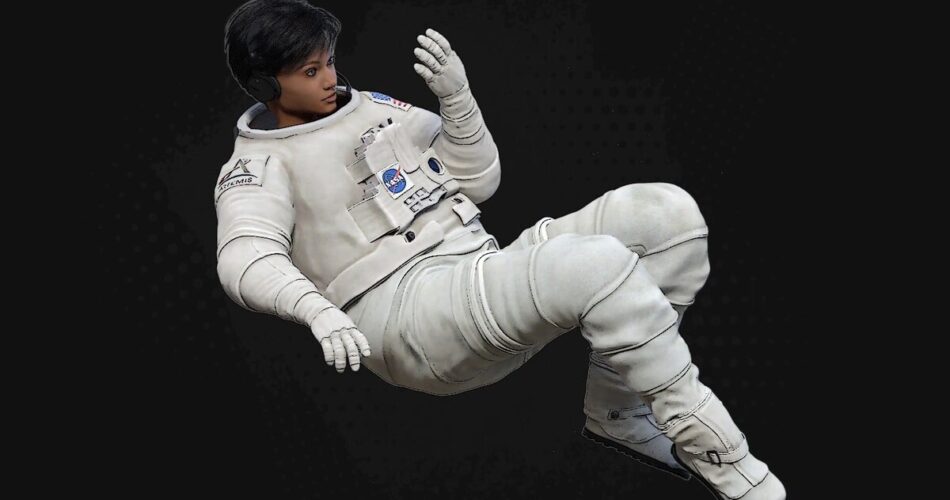After the astronaut Scott Kelly spent a year on the International Space Station, he returned to Earth shorter, more nearsighted, lighter and with new symptoms of heart disease that his identical twin brother did not share. (Mark Kelly, now a U.S. senator, also spent a brief time in space.)
Even their DNA diverged, as nearly 1,000 of Scott Kelly’s genes and chromosomes worked differently. (On the upside, he aged about 9 milliseconds less that year, thanks to how fast the space station circled the Earth.)
Most of these effects cleared up within a few months, but not all — underscoring the potential health hazards of space travel, many of which are unknown. These will ratchet up during ambitious future trips, such as NASA’s planned Artemis mission to the moon and later travel to Mars.
Even a partial list of the likely physical and emotional consequences of deep space travel is daunting.
“Space is just not very hospitable to the human body,” said Emmanuel Urquieta, chief medical officer at the Translational Research Institute for Space Health in Houston, which partners with NASA to study the effects of deep space exploration.
Humans evolved in conditions of plentiful gravity and relatively slight background radiation, he said. Space is the reverse and it upends the operations of almost every biological system inside of us. —
Most of the potential health risks of space travel can be mitigated to some extent, scientists point out. Exercise, for instance, “is quite effective” at helping astronauts maintain muscle mass and bone density, said Lori Ploutz-Snyder, the dean of the University of Michigan School of Kinesiology. She was previously a researcher at NASA, where she led studies of exercise and space travel.
On the space station, astronauts routinely work out for about an hour most days, she said, using specialized devices to run, cycle and lift weights, despite being weightless. But on lunar and Mars missions, which will involve smaller ships and possibly years-long durations, exercise equipment will need to be shrunk and astronauts’ willingness to keep up with the workouts enlarged.
[To counter the effect of sitting too much, try the astronaut workout]
The Earth’s magnetic field shields the relatively close-in space station as well from some of the worst deep-space radiation, but the lunar and Mars missions — higher and farther from Earth — will not enjoy that protection.
The moon and Mars journeys will demand advanced shielding, Urquieta said, together with drugs and supplements that might lessen some of the internal effects of the remaining — and inevitable — radiation. Antioxidants, such as vitamins C and E, could sop up a portion of the damaging molecules released after radiation exposure, while other protective drugs and nutrients are under investigation, he said.
Despite every available precaution and protection, deep space will remain a harsh, unwelcoming place for the human body. But it will also, and always, represent something else for the human imagination, Urquieta said — its endless sweep of sequined darkness sparking our ambitions, dreams and stories.
Which is why, even knowing better than most people the toll such a trip might take on him, he would go into space “in a heartbeat,” he said. “Absolutely. No question. It’s so inspiring. It’s space.”
About this story
Source link




